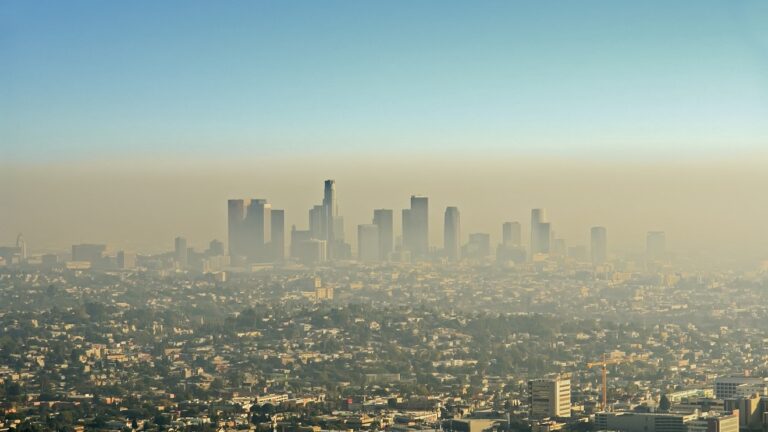The United States has a wide range of air quality, with some states often having some of the worst pollution levels. It is more than just trivia to know what state has the worst air quality; it is important information that has a direct impact on citizens’ health and well-being. There are major health concerns associated with poor air quality, particularly for vulnerable groups. Living in a high-risk location can be lessened by being aware of these risks and understanding how to protect oneself.
Which State Has the Worst Air Quality?
Some of the worst air quality in the country is frequently reported in states like California, Arizona, and Nevada. Due to a combination of industrial activity, regular wildfires, and car emissions, pollution is a problem in California in particular. Unhealthy levels of ozone and particle matter (PM2.5) pollution are common in cities like Fresno and Los Angeles. Recent years have seen a decline in air quality due to wildfires, which release a lot of smoke and dangerous particles into the environment. Poor air quality is a daily struggle for residents of these states, particularly during the summer and wildfire seasons.
Health Risks Associated with Poor Air Quality
Numerous health issues have been connected to exposure to contaminated air. Ozone and fine particulate matter can aggravate the respiratory system, resulting in diminished lung function, chronic bronchitis, and asthma episodes. Particularly at risk are the elderly, children, and those with underlying respiratory disorders. Long-term exposure to poor air quality also raises the risk of heart attacks and strokes, among other cardiovascular disorders. According to studies, air pollution may also have a detrimental impact on cognitive function and increase the risk of dying young. As air pollution is invisible, it poses a quiet but significant risk to public health.
Tips for Protecting Yourself in High-Risk States
There are precautions you can take if you reside in a state with bad air quality. First, when pollution levels are high, minimize outside activities and keep an eye on local air quality reports. Indoor air pollution can be decreased by using air purifiers with HEPA filters. When pollution or wildfire advisories are in effect, keep doors and windows closed. On days with poor air quality, wearing N95 masks outside can help lower the amount of dangerous particles that are inhaled. Your body’s capacity to withstand the impacts of pollution can be strengthened by leading a healthy lifestyle that includes frequent exercise (indoors on days with low air quality) and a balanced diet.
Conclusion
Personal safety measures are crucial, but community and governmental action are needed for long-term solutions. Air quality can be improved by encouraging renewable energy, expanding green spaces, and supporting laws that lower emissions from industry and automobiles. To promote change and increase awareness, locals might also join environmental organizations.


